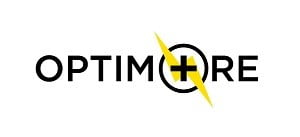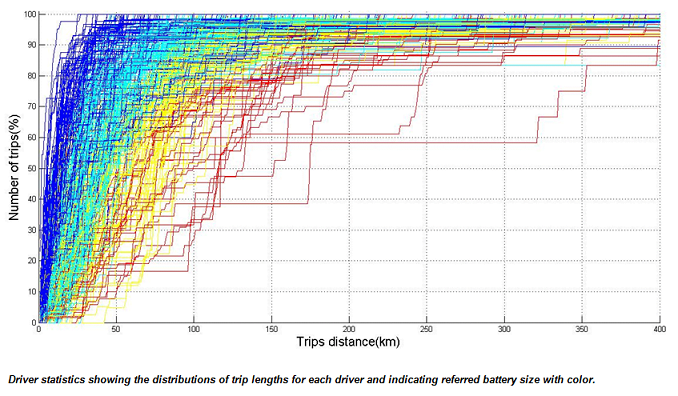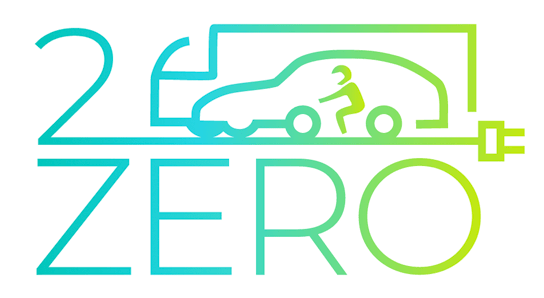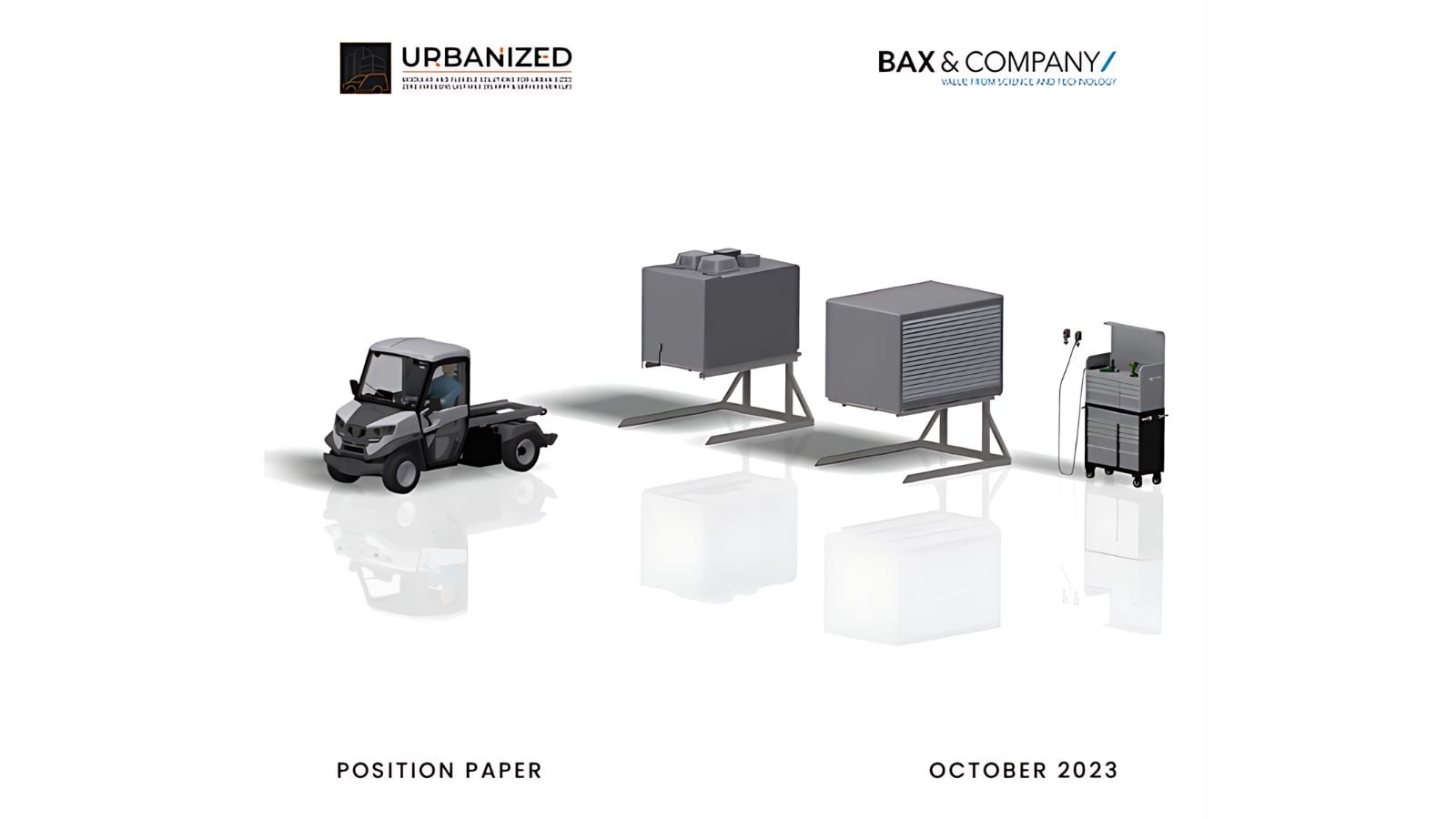OPTIMORE – Optimised Modular Range Extender for every day customer usage (August/September 2014)

- Website: http://www.optimore-project.eu
Motivation & Objectives
The OptiMoRE project takes on the challenge to develop and optimize the concept of the fully integrated, range-extended, electrified light duty vehicle. Three different Range Extender (RE) concepts will be developed and demonstrated to serve the niches from city vehicles, medium sized passenger cars up to light commercial vehicles.
Worldwide, there is a strong trend towards highly efficient, low (preferably zero) emission vehicles, i.e. electrical vehicles. In order to facilitate the transition from conventional fuel-driven vehicles towards electrically driven vehicles, there is a short(er) term need for advanced electrical vehicles with range extenders and/or advanced plug-in hybrids.
Technical Approach
- Definition of real world driving conditions as a baseline for further optimization and Electric vehicle (EV) assessment.
- Optimization of components and the whole RE system regarding emission, fuel consumption, cost, weight and exhaust gas after-treatment.
- Modular setup of an EV concept to fulfill a wide range of customer expectations.
- Advanced control strategies as a key for cost reduction and system optimization.
- Functional and electrical safety analysis and concept development to define necessary measures considering ISO 26262.
- Build-up and optimization of three technology demonstrator vehicles covering EV aspects for delivery trucks, all-purpose vehicles and city cars:
a. City compact Electric Vehicle, with a rotary engine (2020+).
b. Family Electric Vehicle either as Fuel electric vehicle (FEV) or EV-RE with a 3 cyl engine modular)(2020+).
c. Light commercial Electric vehicle 2 cyl engine (2015+).
Achievements
It is safe to say that OPTIMORE has an impact in accelerating the sales in both EV and PHEV markets with a focus on sub – compact passenger cars and light duty commercial vehicles. The reason for focussing also on this particular segment is the expected dramatic increase of freight transport inside high concentration urban areas during the next decade. For its specific mission profile this kind of vehicle can, of course, get the maximum benefit from the electric driving mode while the Range Extender approach will supply a higher flexibility in terms of fleet management.
Market introduction of RE BEV’s will be accelerated directly by the OPTIMORE auto manufacturers Volvo Cars and the FIAT group (represented by IVECO) but also through the RE engineering in the AVL group. Obviously, both exploitation routes will have beneficial effects on Europe’s automotive industry in terms of competitiveness and employment Read more about the results and achievements www.optimore-project.eu/downloads
Expected results
- Typical driving cycles for robust optimization of EVs and RE-EVs.
- System control software including electric range extender, optimized hybrid and limp home mode integrated in light commercial vehicle
- Hybrid system which can be used as range and integrated starter / generator in a modular electric range extender vehicle
- Rotary engine based range extender developed to a level meeting actual and future customer requirements regarding cost, reliability and functionality integrated in a city electric vehicle
- Generic functional safety concept which can be applied for all 3 range extender vehicles
- A method to optimize range extenders for different vehicle niches and different usage profiles.
Driving cycles for robust optimization of range extender vehicles (download deliverable 6.1)
A method has been developed which can be used to select relevant driving cycles for several possible design situations:
- A general case in which the vehicle niches are freely optimized.
- Of the N vehicle niches, some battery sizes are fixed on advance (these could represent competitors) while the remaining are optimized in order to maximize the number of drivers choosing these new vehicle niches.
- All the battery sizes are fixed and the tool finds the drivers which customers would choose each battery size.
- Include other constrains, e.g. AER must be higher than x kilometers.
The method has been implemented in Matlab and it is available as a ready-to-use tool. The tool allows for a fast modification of the input parameters, which facilitates performing robustness analysis of how the results change when varying the input parameters (e.g. battery price, number of vehicle niches).
In the figure below the trip distributions of all drivers are shown. The colors indicate preferred AER.


Organisational Information
Budget 5.1M€
Funding 2.7M€
Duration 24 Months
Start October 2012
DG / Unit Research / H4 -SST
Contract n° FP7-SST-2012-314252
Coordinator Theodor Sams – AVL
Main Partners: AVL, Chalmers, CRF, IVECO, SCHRICK, UNR, VCC, Getrag
Website: www.optimore-project.eu


